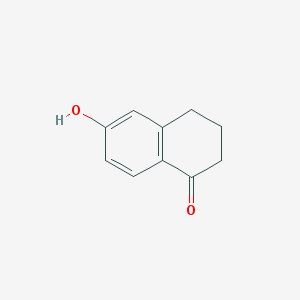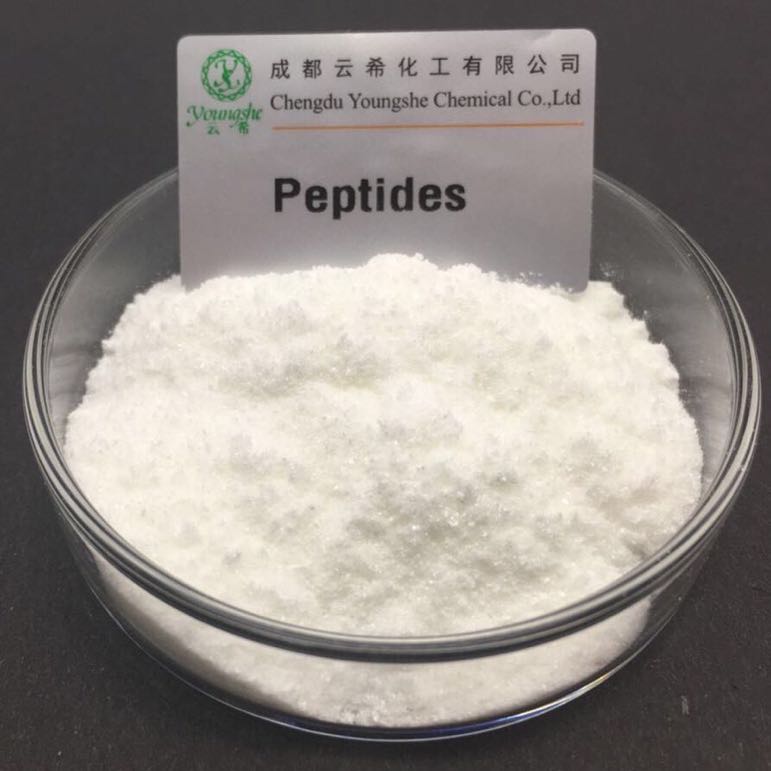-
Categories
-
Pharmaceutical Intermediates
-
Active Pharmaceutical Ingredients
-
Food Additives
- Industrial Coatings
- Agrochemicals
- Dyes and Pigments
- Surfactant
- Flavors and Fragrances
- Chemical Reagents
- Catalyst and Auxiliary
- Natural Products
- Inorganic Chemistry
-
Organic Chemistry
-
Biochemical Engineering
- Analytical Chemistry
- Cosmetic Ingredient
-
Pharmaceutical Intermediates
Promotion
ECHEMI Mall
Wholesale
Weekly Price
Exhibition
News
-
Trade Service
Recently, researchers from the Luxembourg Institute of Health's (LIH) Department of Infection and Immunity have discovered the adgogable potential of high doses of CpG oligonucleotides, which can successfully regulate the immune system's allergic reaction to the main cat allergen Fel d 1.
causes a toned response and restores an allergic reaction in the cat.
researchers analyzed the molecular mechanisms of this tolerance and proposed preclinical allergen-specific immunotherapy to improve the treatment and control of this common type of allergy.
findings were recently published in the journal Allergy.
cat allergy is an increasingly common phenomenon characterized by hypersensitive and over-immune responses to certain cat-related allergens, in particular Fel d 1, a protein commonly found in its saliva, glands, skin and fur.
can be fatal from mild symptoms to severe conditions such as rhinitis and asthma.
drug therapy is an option in milder forms, only allergen-specific immunotherapy (AIT) can ensure effective and long-lasting treatment in late-stage patients.
AIT usually includes a gradual increase in the number of associated allergens injected subsurface until a critical dose inducing long-term immune tolerance is reached.
this, improvements in efficacy and safety are needed.
researchers speculate that the most effective AIT can increase immune tolerance to this allergen by optimizing the immune adulation's response to Immune system T and B cells to induce the production of antibodies against Fel d 1 while keeping the inflammatory response to a minimum.
"We're trying to explore new ways to increase AIT anti-inflammatory activity with CpG, a known immunomodulator, but at a higher safe dose than previously used for this type of therapy," explains allergy and immunologist Dr. Cathy Léonard.
To study the cytological and clinical effects of AIT based on injection of Fel d 1 allergens combined with high-dose CpG admissors, the team attacked mice with or without Fel d 1 allergens.
scientists observed that AIT-treated allergic mice showed significantly improved lung function compared to untreated allergic mice, with significantly reduced signs of respiratory inflammation and high reactive behavior.
Indeed, when studying Fel d 1 specific antibodies, the team noted that perverted mice treated with AIT showed lower IgE levels (usually associated with perverted reactions) and higher levels of IgA and IgG (anti-inflammatory) properties.
addition, allergic mice treated with AIT showed a decrease in molecular levels of certain allergic cytokines produced by type 2 auxiliary T cells (Th2) compared to untreated allergic animals.
researchers also noted that shortly after the injection of AIT, there were a large number of immune cell types involved in allergic regulation and tolerance in the tissues of mice treated with AIT, namely plasma cell-like degenerative cells (pDC), natural killer cells (NKs), regulatory T cells (T-regs) and regulatory B cells (B-regs).
found that these cells express higher levels of tumor necrotic factor α (TNF-α) subjectivity 2 (TNFR-2), while NK cells also produce TNF-α cytokines, which are known to suppress allergen-specific immune responses that cause these regulatory cells to "brake" on the immune system.
later, we observed a significant increase in TNF-α lungs.
interestingly, AIT also triggered the emergence of a new and unique Treg, called bitreg, which better balances allergic and inflammatory reactions to antigens.
, " added Dr. Léonard.
, these findings point to strong anti-inflammatory and anti-allergic effects induced by high and safe doses of CpG adulation AIT.
, however, it is striking that the mechanism by which this perverted reaction protects the vaccine depends on whether the vaccine has been vaccinated, and that the vaccine has never been exposed to the Fel d 1 antigen before and therefore does not present the Fel d 1 antigen.
an existing allergy state, or under established allergic conditions, such as AIT.
of these alternatives opens up new insights into the future design of preventive and curable allergy vaccines using CpG adsage.
(Bioon.com) Source: Novel immunotherapy approach to treat cat allergy Original source: Cathy Leonard et al, Comprehensive mapping of immune tolerance yields a regulatory TNF receptor 2 signature in a murine model of successful Fel d 1-specific immunotherapy using high-dose-CpG adjuvant, Allergy (2020). DOI: 10.1111/all.14716 This article is from Bio Valley, for more information please download Bio Valley APP (







